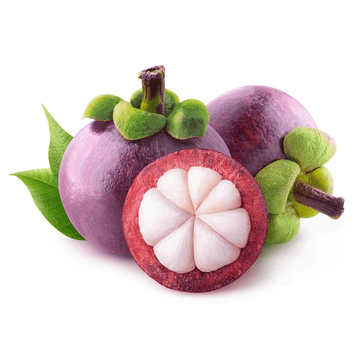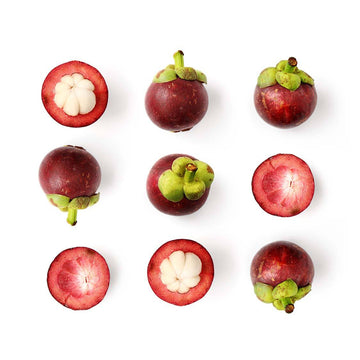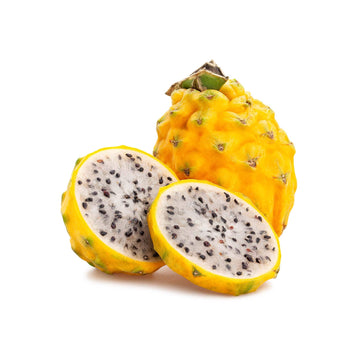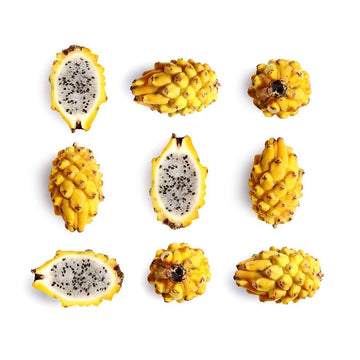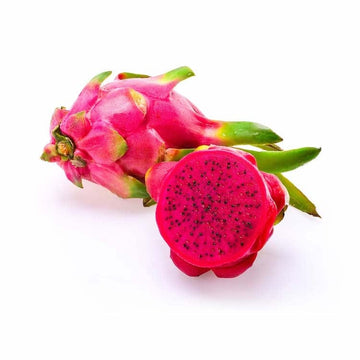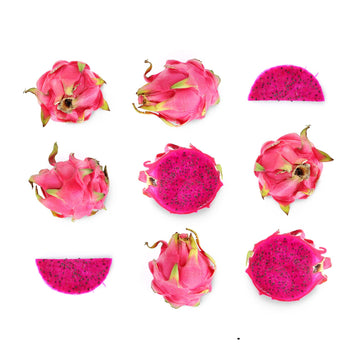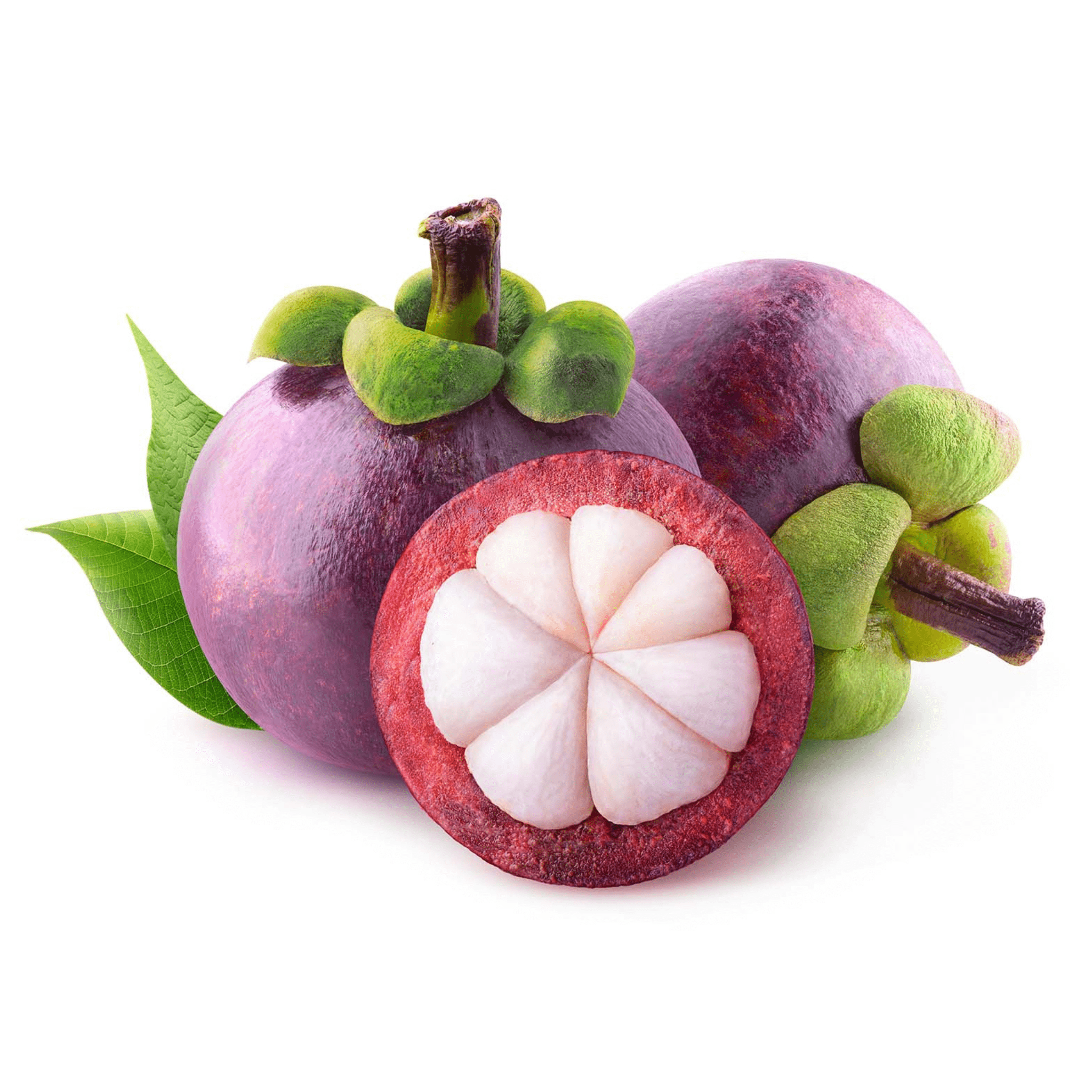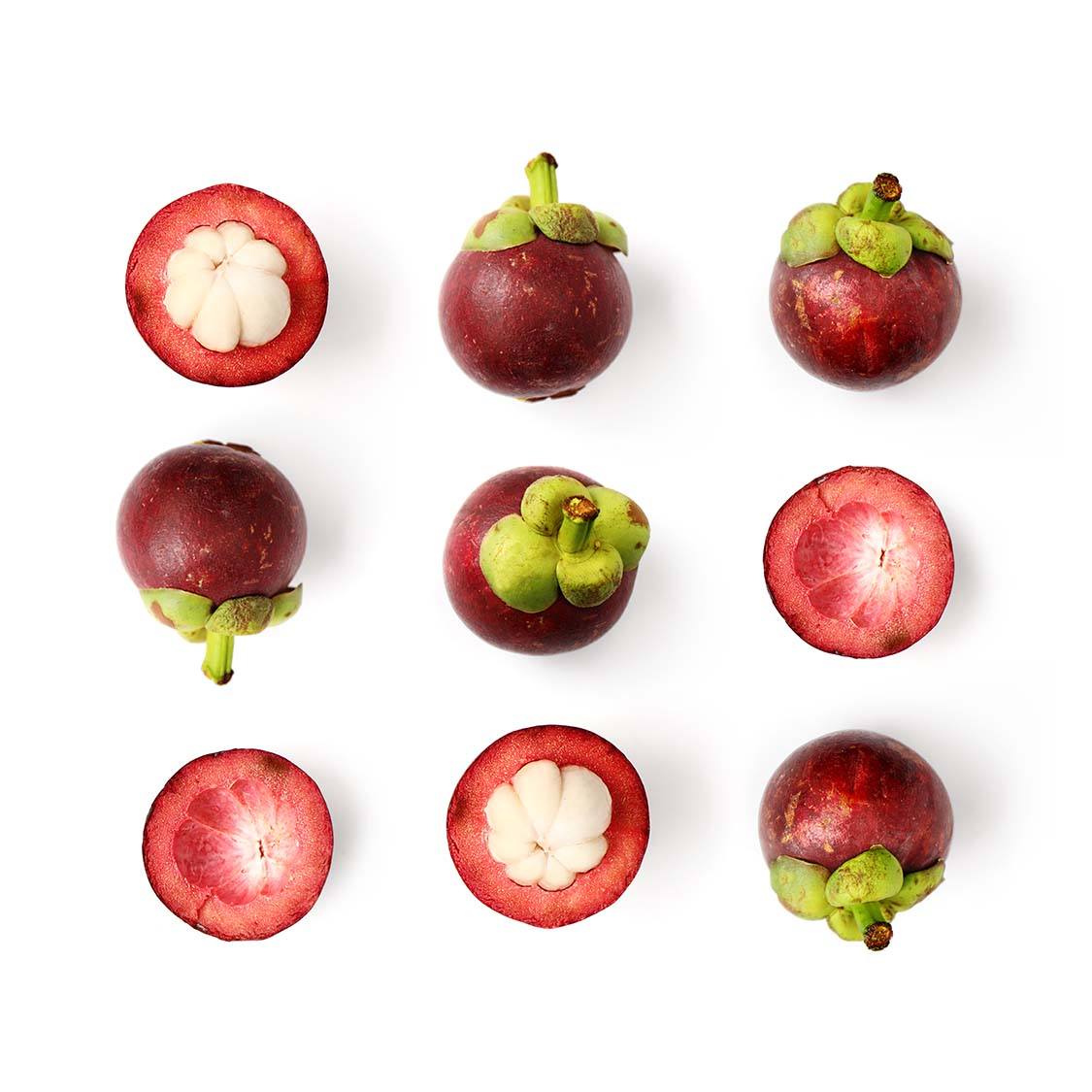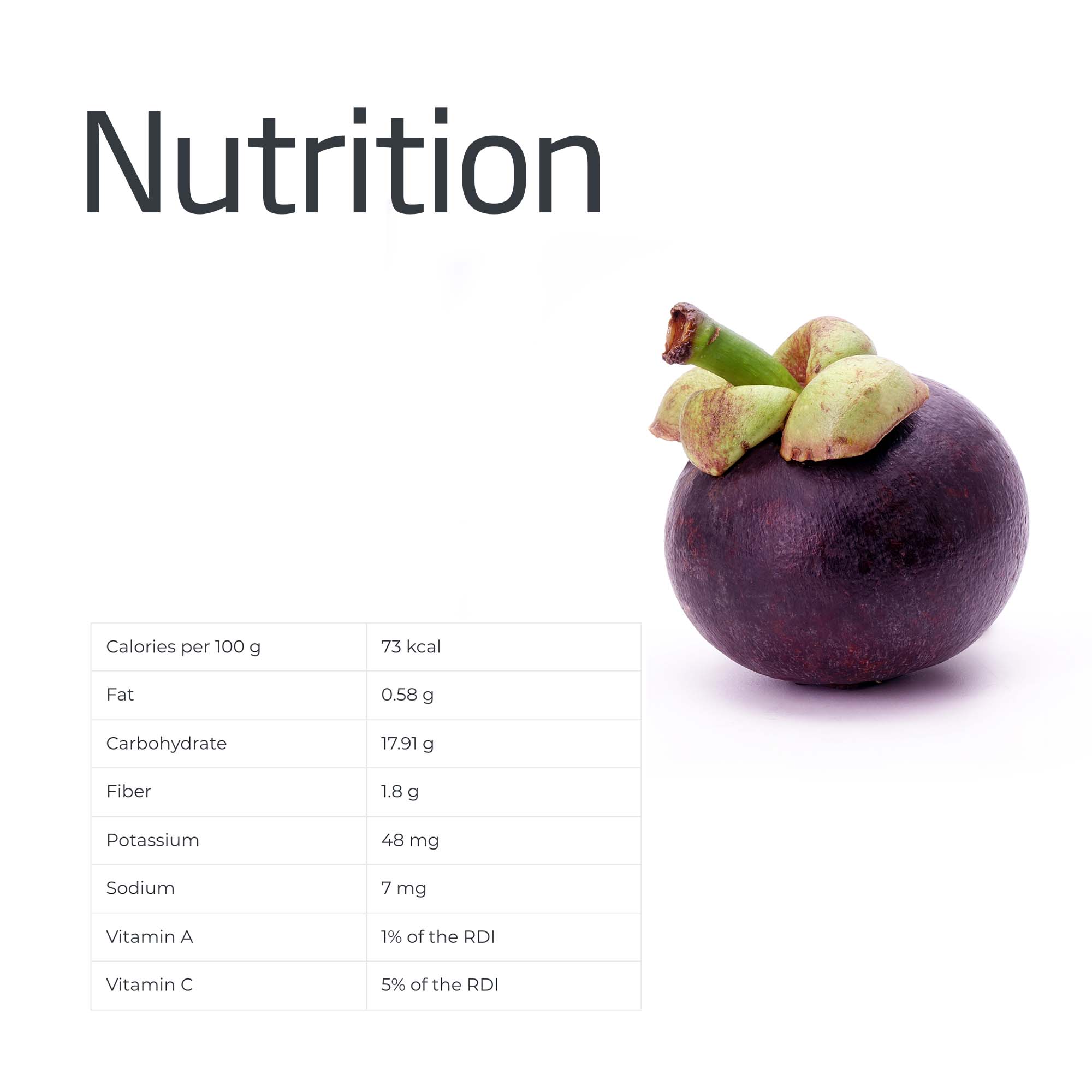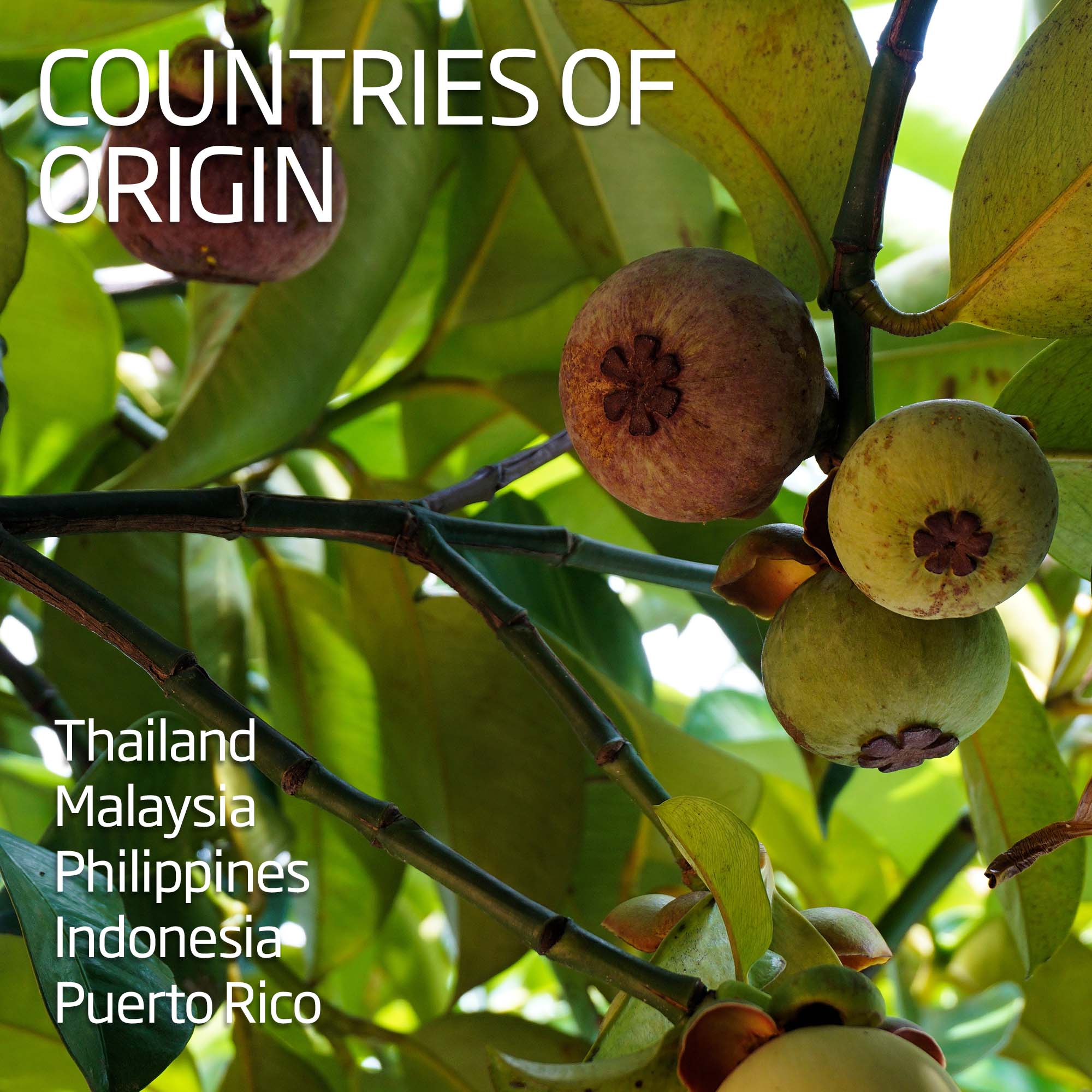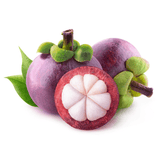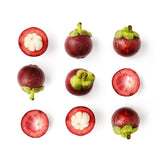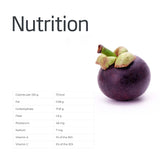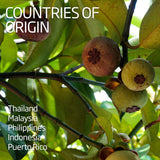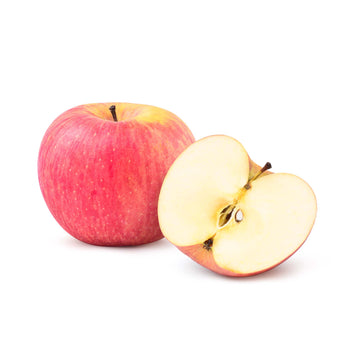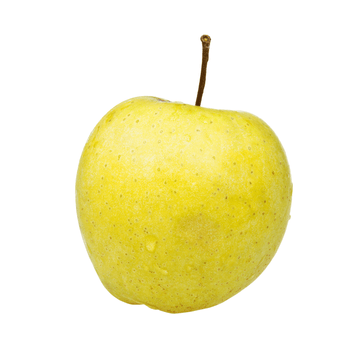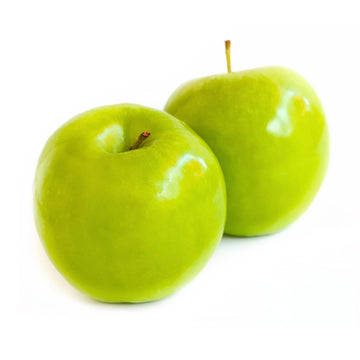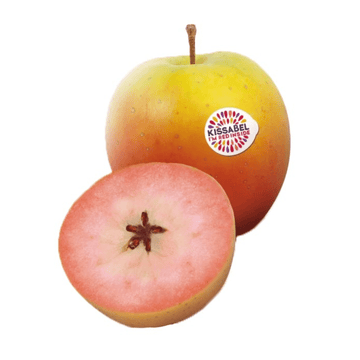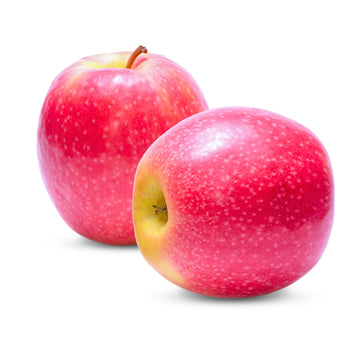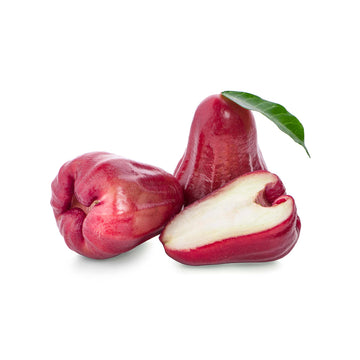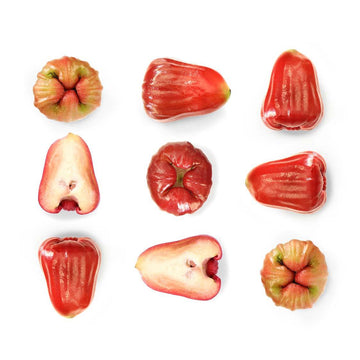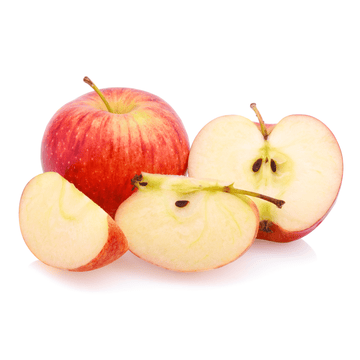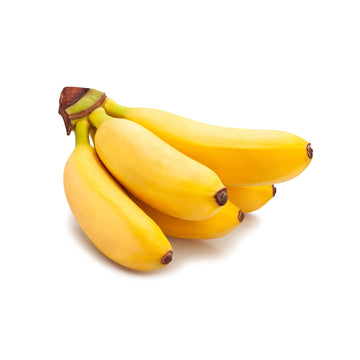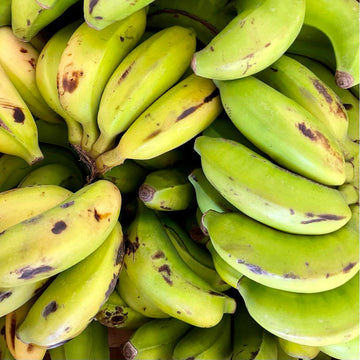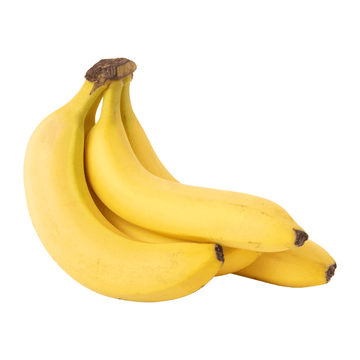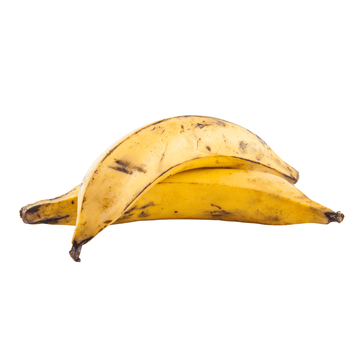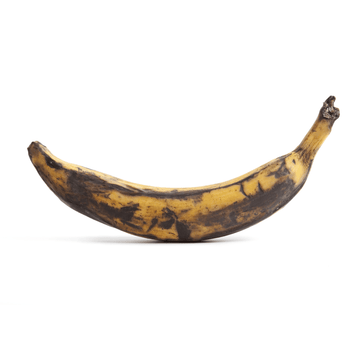Mangosteen
Origin - Thailand 🇹🇭
Class - CAT 1
Small Average Unit Weight - 40 grams
Large Average Unit Weight - 120 grams
Introduction
Mangosteen (Garcinia mangostana) is an exotic, tropical tree native to Southeast Asia and Thailand. Its fruit has a deep purple colour and its exceptional and delicious taste, makes mangosteen as one of the most popular tropical fruits.
History
Mangosteen has been cultivated in Southeast Asia regions since ancient times. It was introduced during the 19th century in English greenhouses and it was later introduced in the Americas, particularly in Guatemala, Panama, Ecuador, and Honduras.
Regions
Major production of mangosteen takes place in Asia with Thailand being the top producing country. Significant amounts are produced in Malaysia, the Philippines, Indonesia, and in Puerto Rico.
Flavours & Texture
It has a slightly sweet and sour flavour and its flesh is very juicy and delicate. Its taste has been described as a mix of lychee, peach, strawberry, and pineapple.
Preparation
Use a small and sharp knife and make a shallow cut around the equator of the fruit. Hold the bottom of the fruit in your palm and twist off the top half to expose the aril sections as the skin is not edible. You can eat it raw, in a fruit salad, smoothies, or juice it to use it in cocktails and desserts, or even in savory dishes.
Nutritional Value
Mangosteen is generally low in calories (73 calories per 100 g) and contains a very low percentage in fats. However, it is rich in dietary fiber and it is a good source in vitamin C.
|
Calories per 100 g |
73 kcal |
|
Fat |
0.58 g |
|
Carbohydrate |
17.91 g |
|
Fiber |
1.8 g |
|
Potassium |
48 mg |
|
Sodium |
7 mg |
|
Vitamin A |
1% of the RDI |
|
Vitamin C |
5% of the RDI |
SHIPPING
Choose your desired delivery date at the checkout, available delivery dates will be displayed at checkout stage. All orders are dispatched on a 24hr Next Working Day service. If no date is selected your order will be dispatched at the next available date.
We offer Free Next Working Day Delivery on all orders over £75 including our selection boxes.
Our shipping rates are as follows:-
England - £6.95
Scotland - £11.95
Northern Ireland - Not currently available
Customers are responsible for being present at the shipping address provided on the date selected at checkout. Exotic Fruits are not responsible for any missed or attempted deliveries that must be rearranged by the customer.
All orders are packed in cardboard boxes with a biodegradable packing pellets, straw, or hay to protect the fruit during transit.
RETURNS
Let's start by stating the obvious. Since our produce is perishable we cannot accept returns.
That said, we want every customer to be happy so we do offer vouchers, refunds and replacements at our sole discretion if your fruit has arrived inedible. If you would like to report an item which has become damaged or perished during transit, please:- We are not responsible for products that spoil if there is not someone to receive your delivery on the date that you request it, full tracking is provided and can be requested anytime after dispatch.

